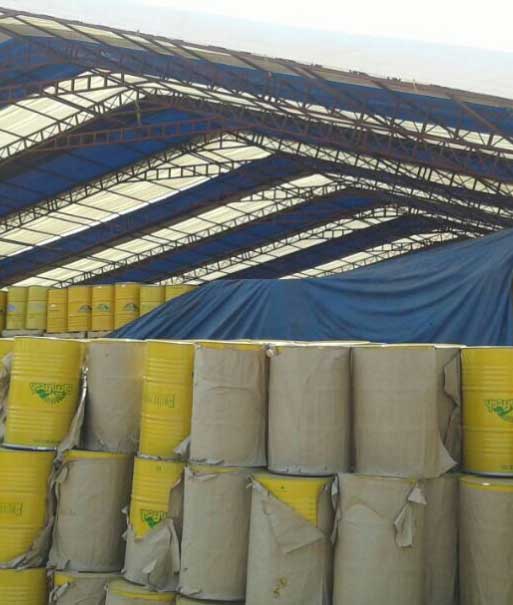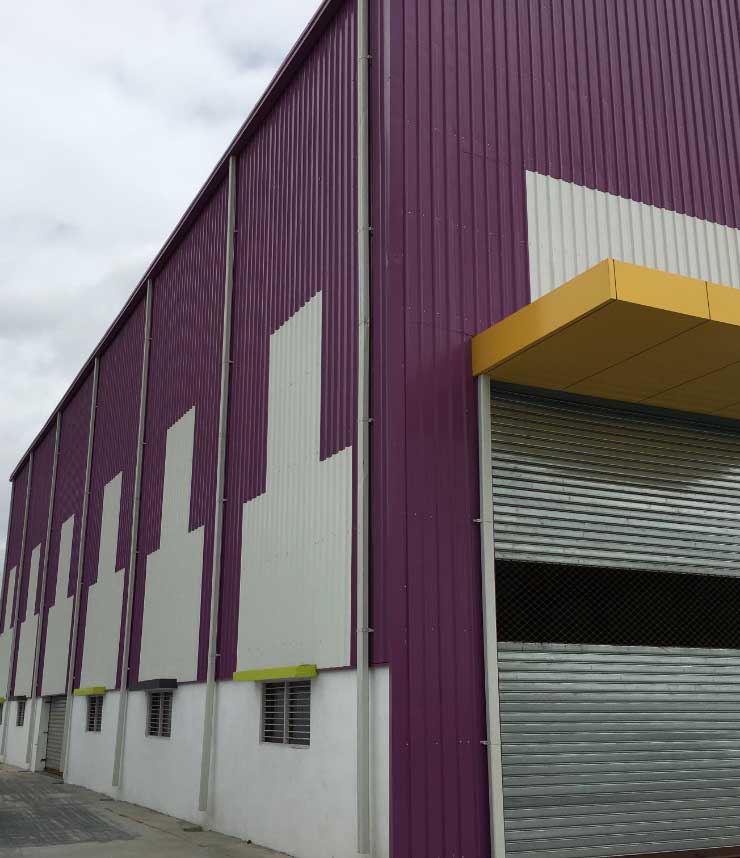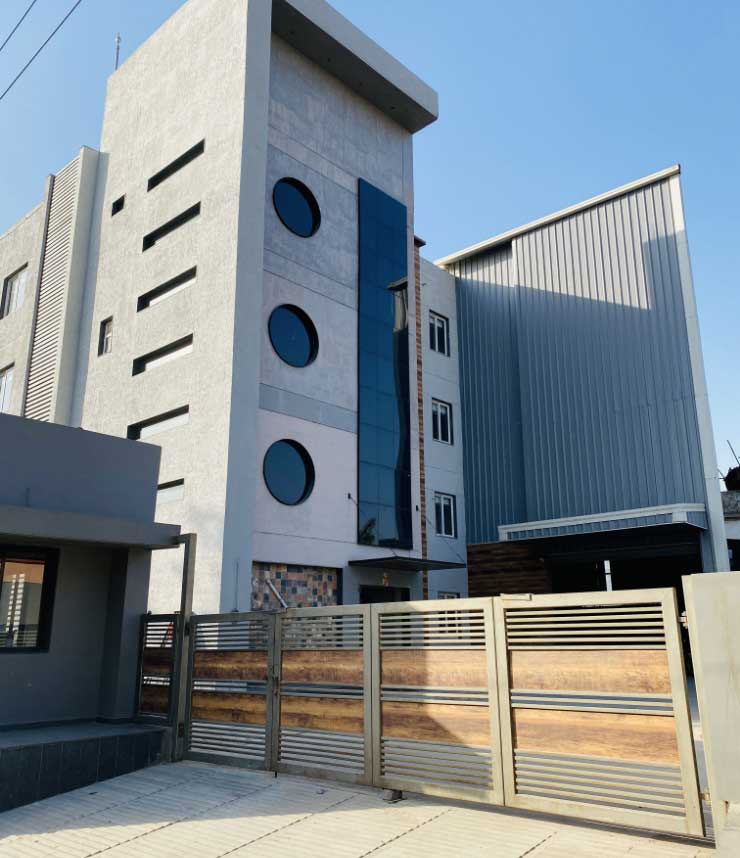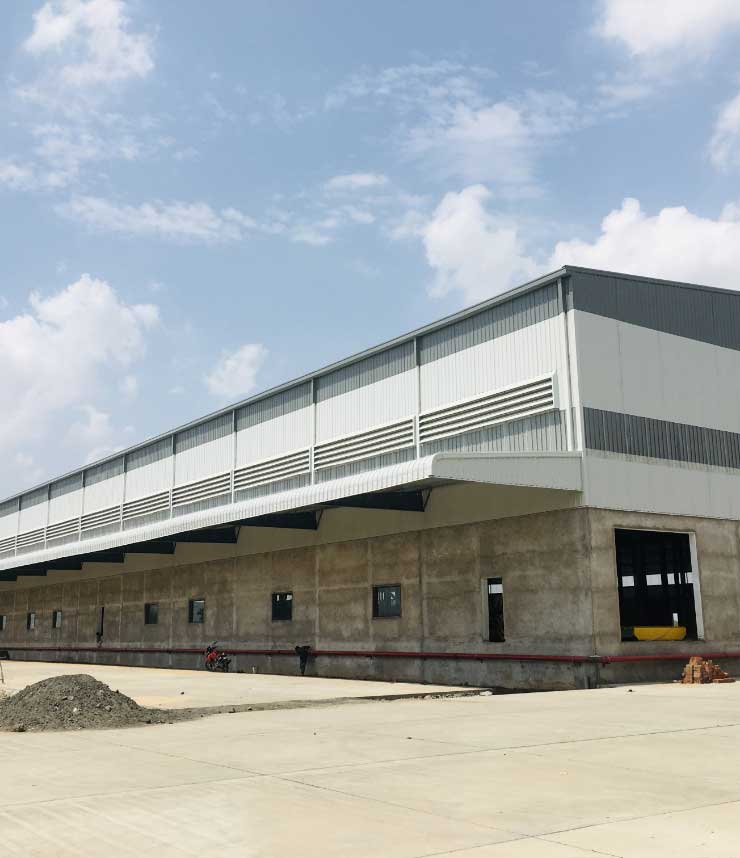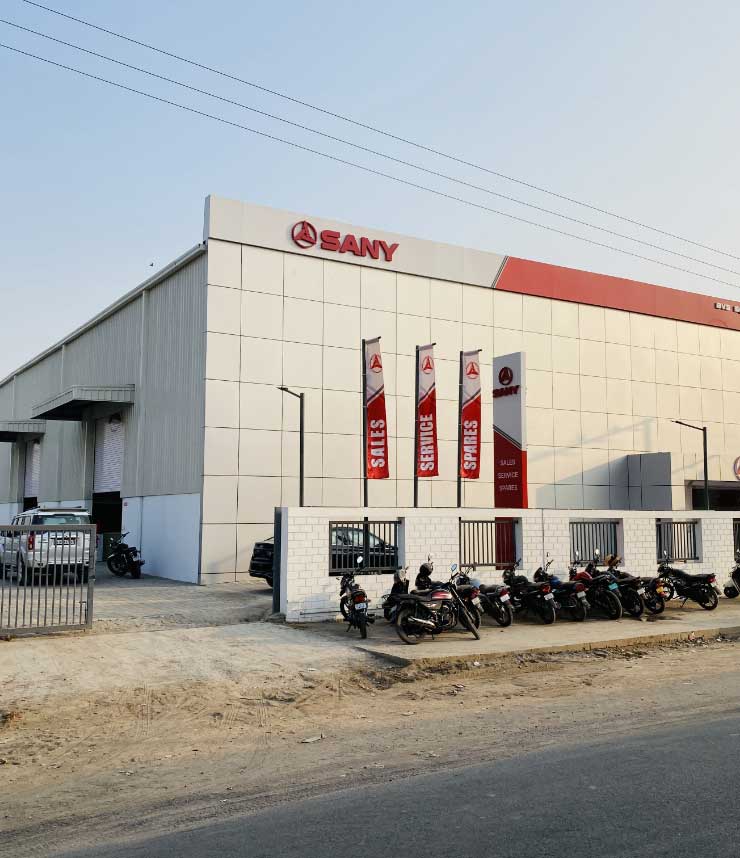Get Support
123-456-789-10
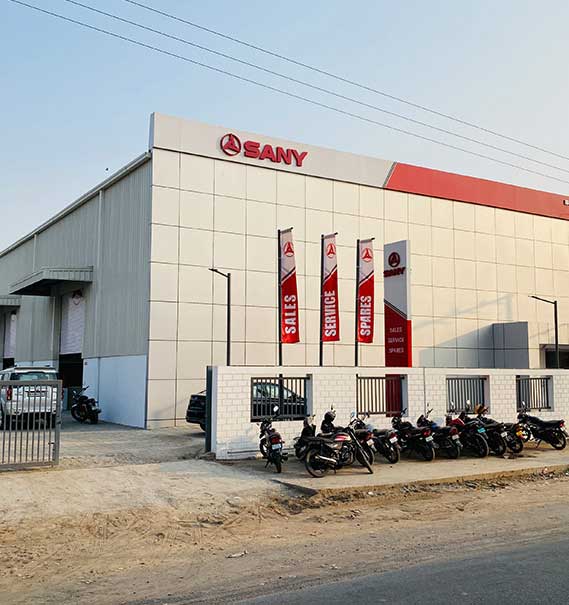
Erection and Installation
Velar Structures team plans and safely executes the erection of your Projects on time and within budget. Our customers can count on the vast experience, capabilities and services of the team to efficiently erect their projects of any size and complexity. Our crew is well trained on safety standards and utilizes modern techniques and equipment in the industry.
Our highly skilled, AISC certified and safety-certified team of operating engineers and workers manage erection of Structural Steel or Pre-Engineered Building projects with the highest standards in the industry.
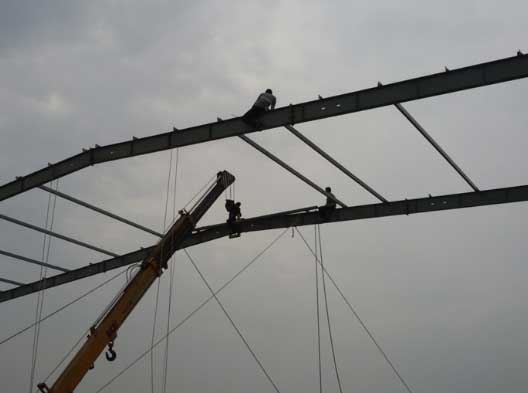
Some girts and purlins necessary for bracing are installed along with the main frames, and the remainder is put in place immediately thereafter. Girts and purlins may be bolted directly to the main framing steel or be attached to it via bearing clips pre-welded to the frame, (as supplied by VelarStructures).
It is often more cost-effective to raise the purlins onto the roof in bundles rather than one by one. The bundles are placed near the eaves, from where the erectors can move the individual purlins to their intended positions by hand. Purlin bracing, should be set in place as soon as possible, and definitely before the roofing is installed.
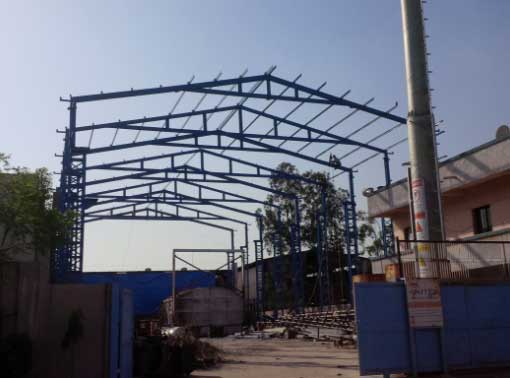
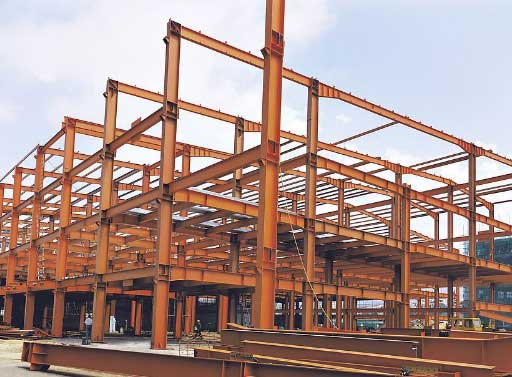
Insulation is placed after the secondary steel is installed, but before the cladding. In buildings with fiberglass insulation under through-fastened roofing, the roofing is attached to purlins right through the insulation.
VELARSTRUCTURES recommends letting the roof insulation overhang the framing edge, removing about 150 mm of fiberglass from its facing, and then folding the facing back over the insulation to prevent wicking of moisture.
The attachment of roof blanket insulation is a hazardous job, because no roofing is yet installed to support the workers in case of a fall. Adequate safety arrangement should therefore be made.
Whether roof or wall panels are installed first is a matter of the erector�s preference. We slightly favor erecting roof first to allow for any interior finish work to begin and to improve the roof diaphragm action in the partially constructed building.
Installation of roof panels usually starts at one of the endwalls chosen to allow for panel placement in the direction opposite to the prevailing winds; this sequence is intended to decrease the chances of wind-blown water intrusion into the panel side-laps.
Stepping on the panel ribs is strongly discouraged by the manufacturers, as is walking on partially attached or unattached panels. The safe way to walk on a fully fastened roof is to step on walk boards laid in the panels� flat areas and spanning between the purlins.
To prevent slippage, the walk boards should be secured to the roofing. If stepping on the panels is unavoidable, one should attempt to walk directly above the purlins where possible and to stay away from the middle of the flat panel part. Wall panels are installed similarly to roofing.
